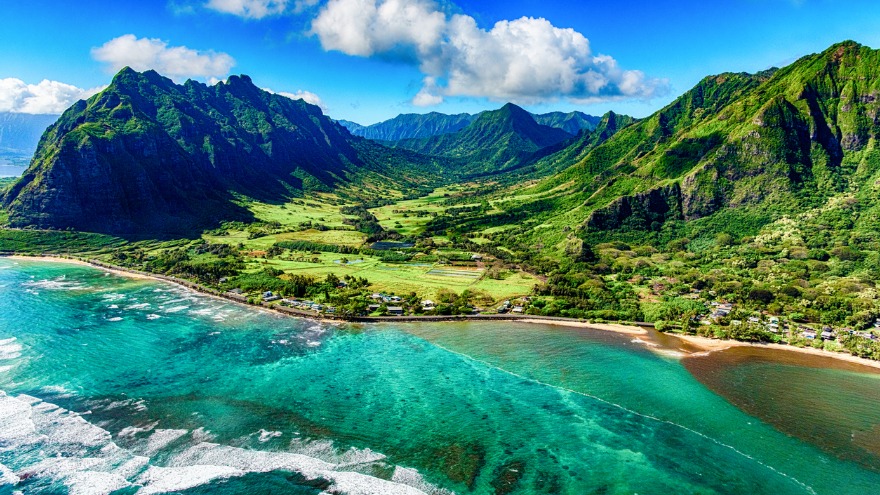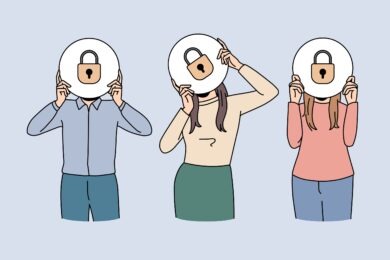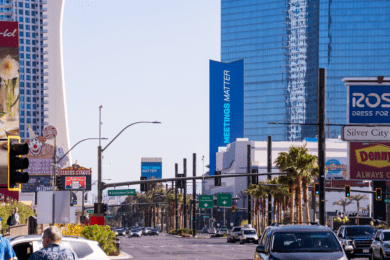Hawaii is saying aloha and welcome back—if you can prove you’ve tested negative for COVID-19. Beginning Aug. 1, visitors can bypass the state’s mandatory 14-day quarantine upon arrival by presenting a negative COVID-19 test.
The new program, announced by Gov. David Ige earlier this week, has not been finalized. But according to a news release from his office, Hawaii’s health department says out-of-state visitors will likely need to undergo an a nasal swab test from a lab certified by the FDA’s Center for Medicare and Medicaid Services.
“Travelers will be required to provide printed or emailed pre-test certification as evidence of a negative test result,” the release said. “Travelers will be responsible for the cost of the pre-travel test.”
The decision tries to balance the needs of the state’s languishing tourism sector and the health of Hawaiians. According to reports, only 300-400 people are arriving in Hawaii each day, compared to the usual 35,000.
Travelers to Hawaii will have to obtain a negative test for coronavirus no more than 72 hours prior to arrival. The program is said to mimic requirements imposed by the state of Alaska but unlike that state, which provides a testing-on-arrival option, Hawaii will require arriving passengers to have completed one at their destination of origin. Officials said it “wasn’t practical” for the islands to offer testing on arrival. Those who do not get the test will still be permitted to fly to Hawaii, but will be required to quarantine for 14 days.
The state has been vigilant in enforcing the quarantine and has arrested tourists who have violated it.
In addition, the state will use thermal cameras at the airports to detect anyone with a fever, as well as focus on contact tracing should infections occur, according to a report in Forbes. Officials conceded that the new protocols were not foolproof but said they will help protect Hawaii and allow the islands to “live with the virus.”
“For the state of Hawaii, we have approximately 240,000 unemployed people,” Honolulu Mayor Kirk Caldwell said. “We’re not going to see a return to a level of employment that we had before unless we open up to visitors.”




